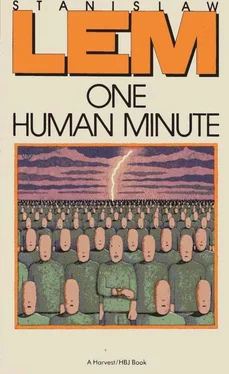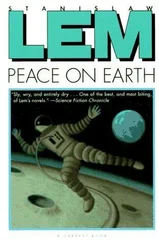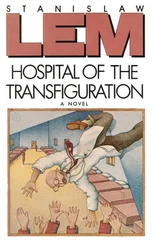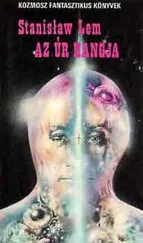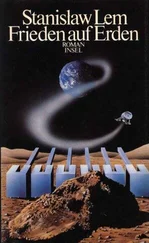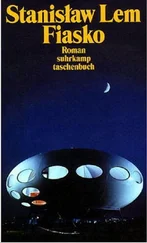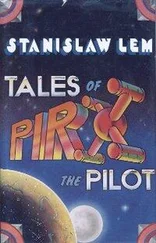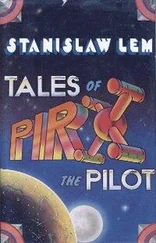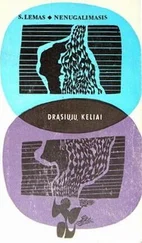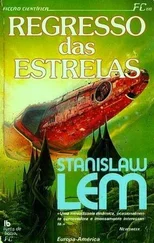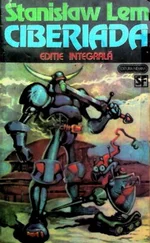In this sense, the galactic game of life and death is a game played on a loaded roulette wheel.
Earlier, I referred to Einstein’s belief that God does not play dice with the world. I can now expand on what I said there. God not only plays dice with the world, he also plays an honest game — with perfect, identical dice — but only on the smallest scale, the atomic. Galaxies, on the other hand, are huge divine roulette wheels that are not honest. Please note that “honesty” here is understood mathematically (statistically) and not morally.
Observing a radioactive element, we can establish its half life — that is, how long one has to wait for half its atoms to decay. This decay is governed by statistically honest chance, since it is the same throughout the Universe for this element. Whether it sits in the laboratory, in the depths of the Earth, in a meteor, or in a cosmic nebula, its atoms behave the same way.
Whereas a galaxy, a mechanism that produces stars, planets, and occasionally life, does so — as a mechanism of chance — dishonestly, because incalculably.
Its creations are governed neither by determinism nor by the sort of indeterminism we find in the world of quanta. Therefore the course of the galactic “game for life” can be known only ex post facto, after we have won. One can reconstruct what has taken place — although it was not, in the beginning, foreseeable — but not with exactitude; it is like re-creating the history of human tribes in the era when people were still illiterate and left behind no chronicles or documents, only the work of their hands, which the archaeologist unearths. Galactic cosmology then becomes “stellar-planetary archaeology.” This archaeology studies the particular game whose winning stake is us.
A good three-quarters of the galaxies, like our Milky Way, are spiral disks with a nucleus and two arms. This galactic formation of gaseous clouds, dust, and stars (which gradually are born and die in it) revolves, its nucleus whirling at a greater angular velocity than the arms, which, falling behind, bend, thereby giving the whole the shape of a spiral.
The arms, however, do not move at the same speed as the stars.
A spiral galaxy owes its unchanging form to its density waves, in which the stars behave like molecules in an ordinary gas.
Orbiting at different speeds, the stars that are considerably removed from the nucleus remain outside the arm, while those near the nucleus overtake and pass through the spiral arm. Only the stars halfway out from the nucleus move at the same velocity as the arms. This is the so-called synchronous (corotational) circle. About five billion years ago, the cloud of gases from which the Sun and the planets were to form was situated near the inner edge of a spiral arm. It overtook that arm slowly — on the order of one kilometer per second. The cloud, entering deep into the density wave, became contaminated by isotopes of iodine and plutonium, the radioactive residue of a supernova that had exploded in the vicinity. The isotopes decayed, until another element, xenon, was formed from them. Meanwhile, the cloud was compressed by the density wave in which it moved, and this caused condensation until a young star — the Sun — arose. At the end of this period, some four and a half billion years ago, another supernova exploded in the neighborhood; it contaminated the circumsolar nebula (not all the protosolar gas had been concentrated yet in the Sun) with radioactive aluminum. This hastened, perhaps even caused, the emergence of the planets. Computer simulations show that, in order for a disk of gases whirling around a young star to undergo segmentation and condense into planets, some outside intervention is necessary, like the giant push supplied by the supernova that exploded not far from the Sun.
How do we know all this? From the composition of radioisotopes in the meteors of the solar system. Knowing the half life of the isotopes of iodine, plutonium, and aluminum, we can calculate when the protosolar cloud was contaminated by them. This took place at least twice; a different time of decay enables us to establish that the first contamination took place shortly after the protosolar cloud entered the inner edge of the galactic arm, and the second contamination (by radioactive aluminum) occurred some three hundred million years later.
The Sun, therefore, spent the earliest phase of its development in a region of strong radiation and shock waves that caused the formation of the planets; then, accompanied by the already cooling and solidifying planets, it left that zone. It came out into a region of high vacuum free of stellar catastrophes; thus life was able to develop on Earth without lethal disturbances.
This picture puts a big question mark over the Copernican idea that says the Earth (together with the Sun) does not occupy a special, favored place, but a “typical” one.
Had the Sun been on the far periphery of the Galaxy and, traveling slowly, not crossed a spiral arm, it certainly would not have formed the planets. Planet formation requires “midwife assistance” in the form of violent events, such as a shock wave from an exploding supernova (at least one).
Had the Sun, in giving birth to the planets, been close to the galactic nucleus, thus traveling faster than the arms of the spiral, it would have passed through them often. Frequent irradiations and shocks would then have made the emergence of life on Earth impossible, or would have destroyed it in an early phase of development.
Similarly, had the Sun orbited at the exact corotational point of the Galaxy, never leaving its arm, life would also not have been able to establish itself on our planet. Sooner or later it would have been killed by a neighboring supernova (supernovas explode most often within the galactic arms). Also, the average distance between stars is considerably smaller within the arms than between the arms.
Therefore, the conditions favoring planet formation prevail within the spiral arms, while the conditions that contribute to the emergence and development of life prevail in the space between the arms.
These conditions are not met by the stars circling near the nucleus of the Galaxy, or by the stars on its rim, or, finally, by the stars whose orbits coincide with the corotational circle — only by those in the vicinity of this circle.
One also has to realize that an eruption of a supernova too close by, instead of “squeezing” the protosolar cloud and accelerating its planetary condensation, would scatter it like dandelion fluff. Too distant an explosion, on the other hand, might be an insufficient spur to planet formation. So the successive explosions of the supernovas in the neighborhood of the Sun must have been “properly” synchronized with the successive stages of its development as a star, as a planetary system, and, finally, as a system in which life arose.
The protosolar cloud was a “player” who approached the roulette wheel with the necessary initial capital, who increased that capital by playing and winning, and who then left the casino in time, preserving everything his run of luck had given him.
It appears that biogenic planets, and therefore planets capable of giving rise to civilizations, should be found primarily near the corotational circle of the Galaxy.
If we accept this reconstruction of the history of our system, we will be forced to revise our previous notions regarding the psychozoic density of the Universe.
We are fairly sure that none of the stars in the Sun’s vicinity — within a radius of fifty light-years — is home to any civilization that possesses a communications technology at least equal to ours.
The radius of the corotational circle is about 10 5parsecs — that is, 34,000 light-years. The whole Galaxy has more than 150 billion stars. Assuming that a third of the stars are located in the nucleus and the thick bases of the spiral arms, we obtain — for the arms themselves — a total of 100 billion stars. We do not know how thick to make the torus, a figure in the shape of an automobile tire, which, if drawn around the corotational circle, will contain the whole zone favoring the emergence of life-bearing planets. Let us assume that in the zone that makes up the biogenic torus lie a hundred-thousandth of all the stars of the galactic spiral — that means millions. The entire circumference of the corotational circle is about 215,000 light-years. If each of the stars there produced one civilization, the average distance between two inhabited planets would equal 5 light-years. But the stars near the corotational circle are not spread out evenly in space. Moreover, planet-bearing stars are more likely to be found within the spiral arms, and stars with a planet on which life can evolve without fatal disturbances are more likely to be found in the space between the arms, where there is less exposure to stellar upheavals. However, most of the stars are inside the arms, where stars are most densely concentrated.
Читать дальше
